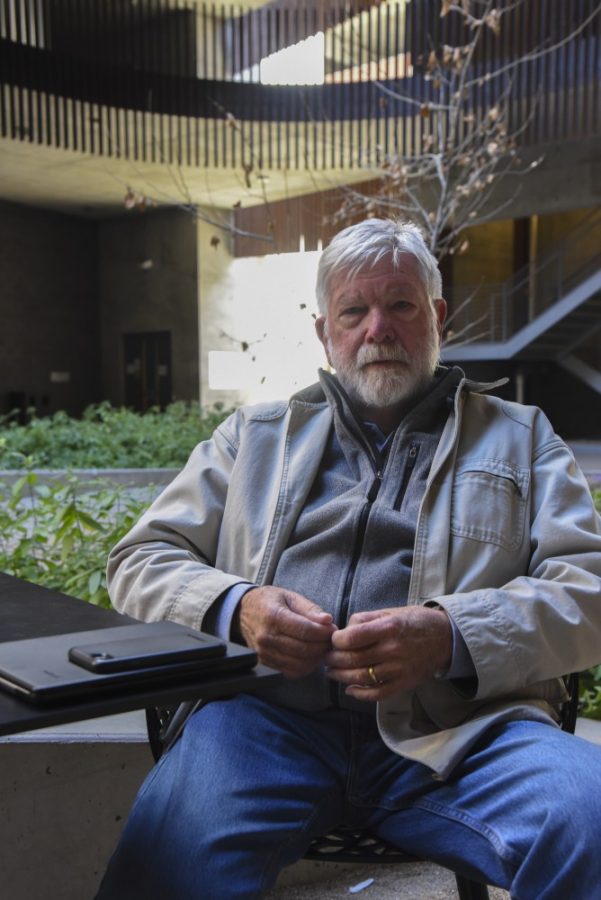The Arid Lands Resource Sciences Graduate Interdisciplinary Program’s goal is to guide graduate students in addressing the complex issues of sustainability in both local and global arid lands.
Professor emeritus Chuck Hutchinson, former chair of ALRS, said studying arid lands is useful for learning more about the environment and sustainability.
“There are a lot of pressures on arid ecosystems and livelihood systems that occur a lot earlier than they would in other environments,” Hutchinson said. “Arid environments are a useful laboratory to see how things function under stress and everything that follows from that in terms of biology, productivity, water and all those things.”
At least 40 percent of the Earth’s surface consists of arid or semi-arid lands, making the study of arid lands relevant on a global scale, according to Hutchinson.
RELATED: It’s not just you, Tucson’s getting hotter
ALRS is an interdisciplinary program that encourages students to bring other areas of study into their research. Graduate student Drew Eppehimer, who has a master’s in justice studies and one in environmental science, brought his aquatic ecology research into the program.
“My research focuses on the use of treated wastewater to support and restore desert rivers and streams,” Eppehimer said. “As our natural surface waters become increasingly scarce, artificial sources of water will become increasingly important. I examine the aquatic macroinvertebrate communities in effluent systems, such as our local Santa Cruz River.”
While Eppehimer’s research is focused on the aquatic side of arid lands, Ladd Keith, graduate student in the program, planning lecturer and chair of the Sustainable Built Environments Program, focuses on the urban planning side of arid lands.
“What I was interested in was how the Southwest was planning for climate change,” Keith said. “And that’s a question that is answered really well by interdisciplinary research and looking at urban planning, climate science, geography and anthropology.”
Eppehimer and Keith are just two examples of the interdisciplinary nature of the program, with other current ALRS students focusing on food security, wildlife conservation and wildfires.
The faculty involved with ALRS are just as interdisciplinary as the students, as they are composed of 55 faculty members across 19 departments in the university.
RELATED: Seeing green: Tucson looks towards a sustainable future after becoming a 2030 district
ALRS is a self-determined program that gives students the freedom to choose their own research focuses.
“The program is great if you are self-directed, you really know what you want to do, and it involves arid lands and requires a lot of disciplinary perspectives,” Keith said. “It is hard work to work with different disciplines; it’s like learning a lot of different languages that you will have to master by the end.”
According to Keith, students with understandings of multiple disciplines can make connections to better combat the great challenges society is facing.
“This program gives students a broad education in the issues facing arid environments around the world, encouraging them to think critically about solutions to these real world problems,” Eppehimer said.
The University of Arizona’s ALRS program is one of only two arid lands-focused graduate programs in the United States.
Hutchinson said he was unsure why there are not other similar programs but said the reason the UA has such a program is “the UA has a lot of its identity strongly linked to arid environments, because that is the environment it exists in.”
Hutchinson also pointed out that one of the UA’s missions during its creation was to support the people living in Tucson, and researching arid lands is pertinent to the UA and its community.
For more information about the program, visit the ALRS website.
Follow Marquies White on Twitter









